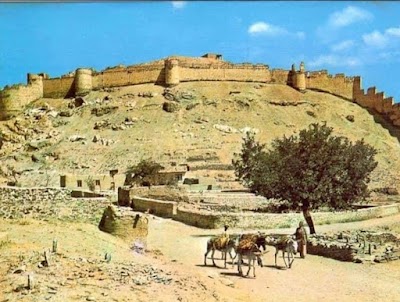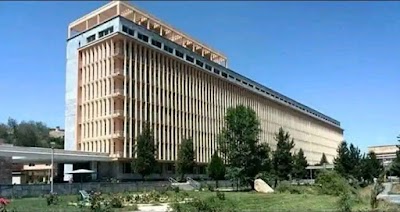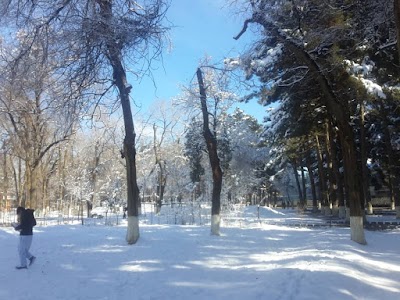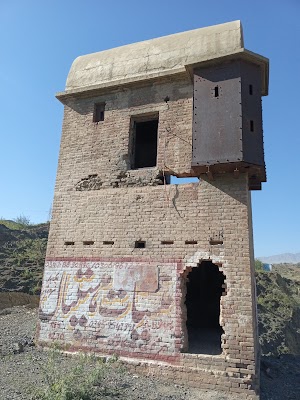Bala Hissar (قلعه بالا حصار)
Overview
**Bala Hissar: A Glimpse into Afghanistan's Rich History**
Bala Hissar, an ancient fortress perched in the southern part of Kabul, Afghanistan, stands as a remarkable testament to the region's complex and storied past. Translating to "High Fort" in Persian, this majestic stronghold has been a silent witness to the rise and fall of empires, the ravages of war, and the evolution of civilization across Central Asia. For foreign tourists, a visit to Bala Hissar offers an enthralling glimpse into Afghanistan's enduring spirit and rich heritage.
The fortress is strategically situated on a hill, providing breathtaking panoramic views of Kabul and the surrounding mountains. Bala Hissar is divided into two sections: the lower fort, which served as the garrison, and the upper fort, which functioned as the citadel and royal residence. Its prime location has made it a vital military site throughout Afghanistan's tumultuous history.
The origins of Bala Hissar can be traced back to at least the 5th century, although some legends suggest it may be even older. Over the centuries, various dynasties, including the Ghaznavids, the Durrani Empire, and the Barakzai dynasty, have rebuilt and expanded the fortress. It gained particular prominence during the Mughal Empire, serving as a royal residence for Emperor Babur, the founder of the Mughal dynasty in India.
One of the most pivotal periods in Bala Hissar's history occurred during the First Anglo-Afghan War (1839-1842), when British forces captured the fortress during their occupation of Kabul. However, they were ultimately forced to retreat after a fierce uprising by the Afghan locals. The fortress endured further conflict during the Second Anglo-Afghan War (1878-1880), which resulted in significant destruction to its structure. Despite these challenges, Bala Hissar remains a powerful symbol of Afghan resilience and resistance.
Today, visitors to Bala Hissar will encounter the ruins of what was once a formidable stronghold. Much of its original grandeur has been lost to time and conflict, yet the remnants of its walls, gates, and watchtowers evoke a sense of the fortress’s former majesty. As you wander through the ruins, you can almost hear the echoes of ancient battles and the vibrant life that once filled its halls.
In addition to its historical significance, Bala Hissar is enveloped in captivating legends and tales. One particularly intriguing story speaks of a network of subterranean tunnels that allegedly connect the fortress to various parts of Kabul, designed for escape during sieges. While the existence of these tunnels remains unproven, the tale adds a layer of mystique to the site.
For foreign tourists, a visit to Bala Hissar transcends mere exploration of a historic structure; it offers an immersive experience that delves deep into the soul of Afghanistan. The site provides a rare window into ancient culture, architectural prowess, and the indomitable spirit of the Afghan people. As you traverse the ruins, take a moment to reflect on the layers of history, the shifts in power, and the resilience that has shaped this remarkable region.
It is vital to approach your visit with respect and awareness of Afghanistan's current political and security situation. Engaging local guidance and showing respect for the community is essential for a meaningful experience. Despite the challenges, Bala Hissar stands tall as a beacon of Afghanistan’s heritage and an enduring symbol of its spirit.
In conclusion, Bala Hissar is far more than just a historical site; it embodies Afghanistan's enduring legacy and strength. Its weathered walls narrate stories of glory, struggle, and resilience that resonate through time. For those willing to venture to its heights, Bala Hissar not only offers stunning views of Kabul but also invites you to connect with the heart of Afghan history itself.






